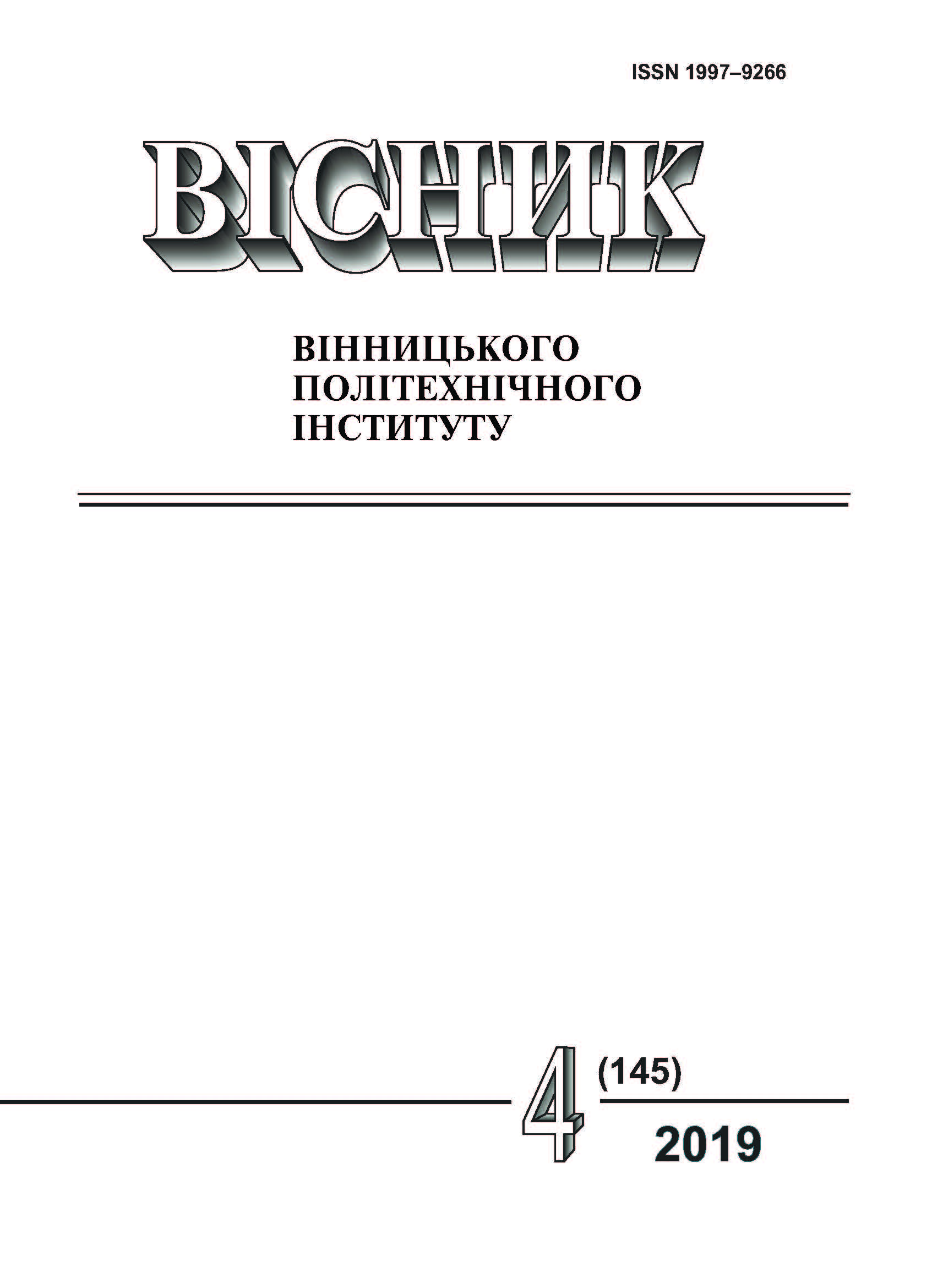Evaluation of the State of Objects by Unmanned Aerial Vehicles
DOI:
https://doi.org/10.31649/1997-9266-2019-145-4-58-65Keywords:
monitoring unit, unmanned aerial vehicles, classification marks, structural diagram, image processingAbstract
The problem of protection and evaluation of the state of objects is considered in the paper. The advantages of using unmanned aerial vehicles for protection and assessment of the state of the objects are presented.
It can be adequately measured the status of objects by using operations such as filtering, contour selection, alignment, selection of image objects, skeleton, color definition and image intensity as outlined in the work. These operations, especially in the complex, allow improving the overall processing of images obtained using unmanned aerial vehicles.
The main features of unmanned aerial vehicles are considered, which allow monitoring the status of objects with their further evaluation. These include tactical; small or medium-sized; small, medium or long flight duration; not very high; with an airplane or helicopter aerodynamic scheme; ground or sea based; military or civilian; horizontal or vertical lift / landing; multiple and wide range of radius.
The structural scheme is developed and the algorithm of the unit of monitoring of an unmanned aerial vehicle for estimation of the state of objects with the subsequent possibility of upgrading due to the improvement of component parts is given. The main components of the monitoring block are considered, namely, the main controller, video camera, power module, stabilization sensors, bridge controller, half-bridge drivers, FPV module, which also consists of the FPV module video camera, transmitter, antenna and power module. The main parameters and functions of the components of the monitoring block are given, and possible analogues for the main components are proposed, namely the video camera and the main controller.
In the example of the original image, operations are carried out to evaluate the state of objects on the image obtained by the unmanned aerial vehicles, and analyze the result of their work.
Downloads
-
PDF (Українська)
Downloads: 325
Published
How to Cite
Issue
Section
License
Authors who publish with this journal agree to the following terms:
- Authors retain copyright and grant the journal right of first publication.
- Authors are able to enter into separate, additional contractual arrangements for the non-exclusive distribution of the journal's published version of the work (e.g., post it to an institutional repository or publish it in a book), with an acknowledgment of its initial publication in this journal.
- Authors are permitted and encouraged to post their work online (e.g., in institutional repositories or on their website) prior to and during the submission process, as it can lead to productive exchanges, as well as earlier and greater citation of published work (See The Effect of Open Access).





